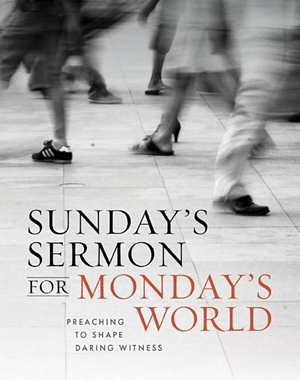Good and Bad of Missional Witness of the Church

Missional was a buzz word that, fortunately, had staying power because serious theologians and pastors awoke to it and pushed down deep roots.
At the heart of missional thinking is, as Sally Brown states it in her book Sunday’s Sermon for Monday’s World,
We immerse ourselves in the story Scripture tells, we join other believers in consistent shared social practices throughout the week that cohere with that story, and we move out into the world as transparent, unequiovocal witnesses to the redemptive work of God.
Right. Good. We can begin with that. When we do the following three strengths are at work:
First, being a sent church enables churches to find an identity and a mission.
Second, this permits a church to discovrer other churches as partners in God’s mission instead of competitors or threats.
Third, the emphasis on church practices as witness gives an “action oriented, relevant, flexible, and revisable” way of being the church.
So far so good, but there are weaknesses in the missional paradigm and one must say it has not been compelling to many traditional churches and it has not formed a substantive new kind of church. So, what are the weaknesses? Brown mentions four:
First, it tends to present an idealistic/idealized understanding of a congregation and its practices. People aren’t just Christians because much of life overlaps. So, the missional approach tends to present Christians as too much “other” by “Othering” the world.
Second, since missional has emphasized the Spirit at work in and outside the church it needs to live up to that both-and approach instead of othering the world the rest of the week. There are too many over against judgments.

Third, misional stuff has been too white, too male, too Protestant, and too mainline. Though women voices have been present often, persons of color have been ignored and much of it framed before their involvement. What is clear, too, is that much of what the missional movement has argued for has been present in churches of color, and what the missional folks have criticized in the church reveals they have ignored churches of color! The wisdom for the missional movement has been there all along in the voices not heard.
Fourth, too much missional stuff is too ecclesial (its emphasis was anti individualism) and not enough about the ordinary iives of ordinary people in churches in their ordinary workday lives as they live in public spaces.
Which is the heart of Brown’s book.
Jesus Creed is a part of CT's
Blog Forum. Support the work of CT.
Subscribe and get one year free.
The views of the blogger do not necessarily reflect those of Christianity Today.


















